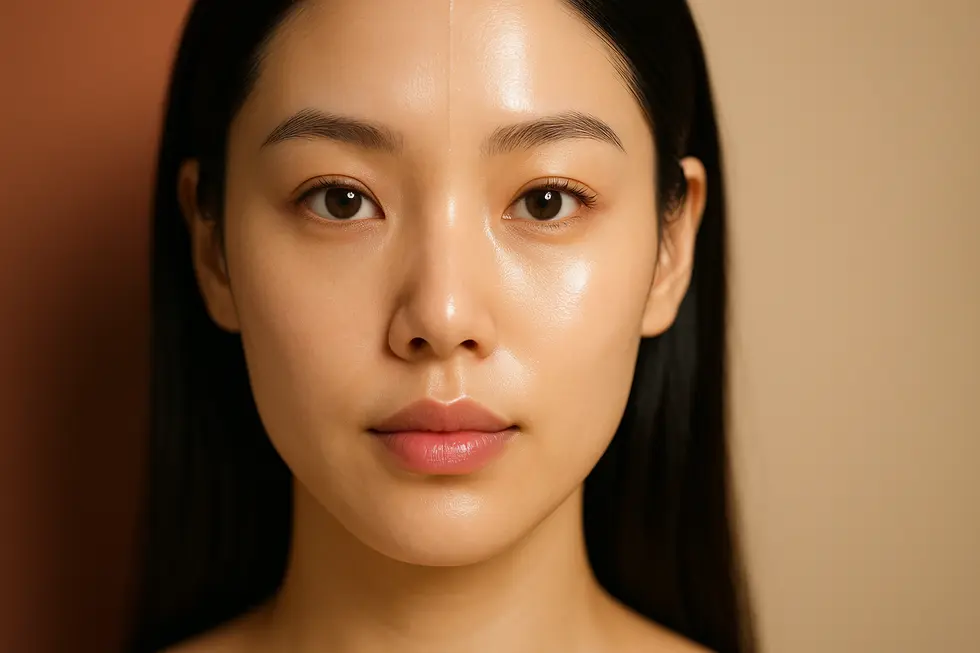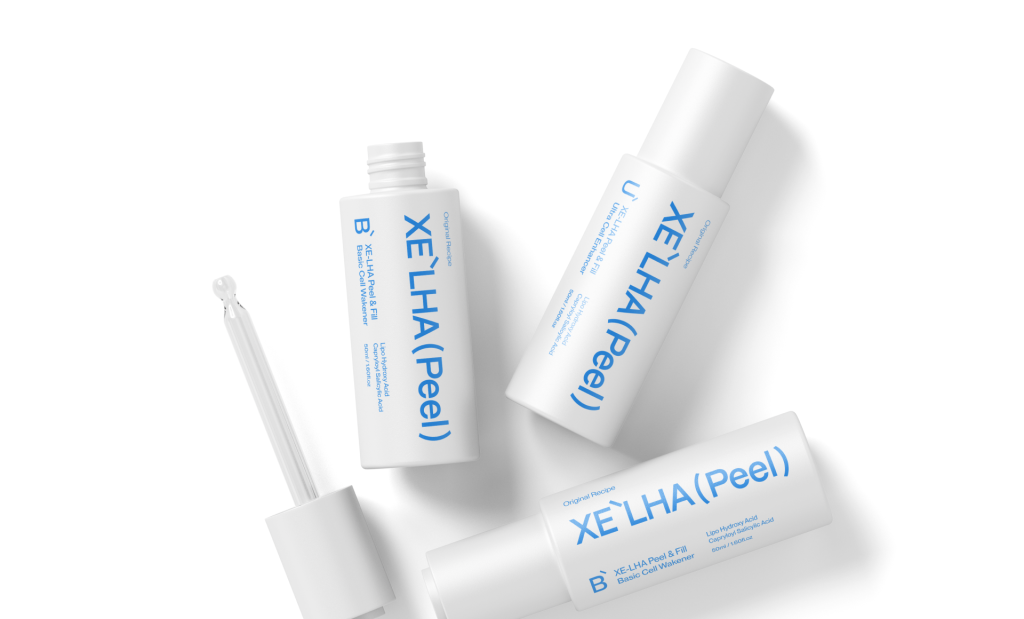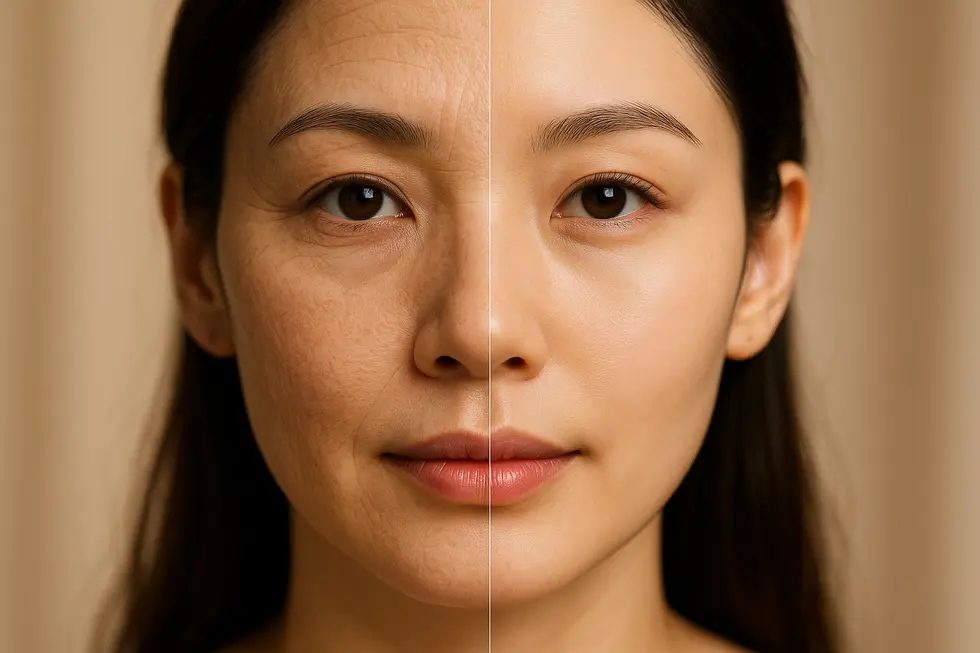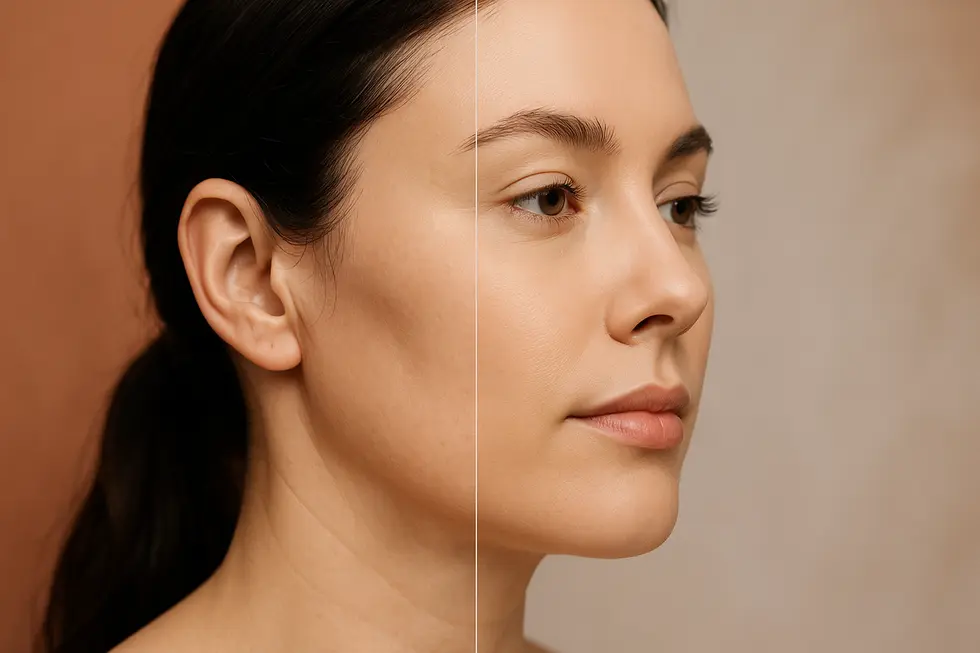
Hey there! 👋 Have you ever looked in the mirror and just wished for smoother, more radiant skin? I know I have! There are so many treatments out there promising amazing results, and it can feel a bit overwhelming, right? One that’s been catching attention is something called ‘Pla Peel’. It sounds a bit mysterious, doesn’t it? But I wanted to dive into what it’s all about and share what I’ve learned. If you’re curious about how to get that fresh, glowing complexion, stick around! 😊
Contents
What Exactly is Pla Peel? 🤔
So, what is a Pla Peel? From what I understand, it’s a type of cosmetic skin treatment that’s designed to give your skin a major refresh through exfoliation. The ‘Pla’ part might make you think of Polylactic Acid, which is known for helping skin produce more collagen, but it could also simply be a specific brand name for a unique peel formula. It’s like hitting a reset button for your complexion!
Think of it this way: our skin is constantly renewing itself, but sometimes it needs a little help to shed those old, dead cells that can make it look dull or uneven. A Pla Peel uses a special chemical solution applied to the skin. This solution causes a controlled exfoliation, removing the outermost layers of skin. This process reveals the fresher, newer skin underneath and encourages your skin cells to turn over faster. Pretty cool, right?
If Polylactic Acid is indeed a key ingredient, the peel might also work on a deeper level over time. PLA is often used in things like dissolvable sutures and dermal fillers because it can stimulate your body’s natural collagen production. More collagen means firmer, more elastic, and younger-looking skin! The exact strength and what it does depends totally on the specific peel formula and how long it’s left on – it can be anything from a super gentle superficial peel to something a bit deeper.
Chemical peels, like Pla Peel, have been used for a loooong time to improve skin appearance! They work by safely damaging the top layers of skin to kickstart the body’s natural healing and regeneration process. It’s controlled injury for beautiful results!
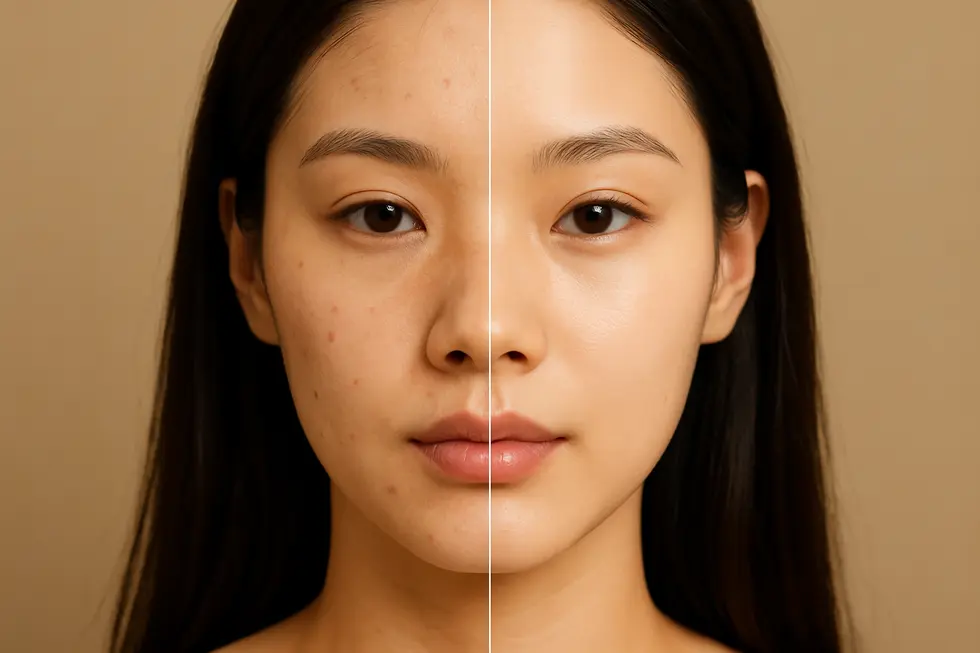
What Results Can You Expect? ✨
Okay, so what’s the payoff? What kind of results can you actually see after a Pla Peel? Most people notice some really nice improvements in their skin’s overall look and feel. We’re talking better texture, a more even tone, and just generally clearer skin. It’s like your skin gets a new lease on life!
Here are some potential benefits people often hope for and see:
- Those annoying fine lines and tiny wrinkles? They can look much less noticeable.
- Acne scars and minor blemishes can fade.
- Hyperpigmentation issues, like sun spots or melasma, can improve, leading to a more even skin tone.
- Your skin should feel much smoother and softer to the touch.
- That healthy, radiant glow? Yes, please! Skin often looks brighter and more youthful.
- And if the peel helps with collagen (like a PLA-based one might), you could see improvements in skin firmness and elasticity over time, which is a huge bonus!
Just keep in mind that getting the *best* results usually means more than one session. Your practitioner will help you figure out the right treatment plan for your skin goals.
Is it Right for You? Target Audience & Side Effects ⚠️
Now, let’s talk about who this treatment is typically for and, importantly, the potential downsides. Pla Peel can be a great option if you’re dealing with things like dull skin, uneven texture, mild acne or scarring, or discoloration from sun damage.
However, like any cosmetic treatment, it’s not without potential side effects. Most are temporary and totally expected, like redness, peeling, dryness, and sensitivity to the sun. Peeling and flaking are actually part of the process for many peels, so don’t panic if you see that!
While rare, more serious side effects can happen, including prolonged irritation, changes in skin color (especially for darker skin tones if not done correctly or cared for properly), or even scarring or infection (very uncommon with lighter peels by qualified pros). It’s *essential* to have a consultation with a qualified professional (like a dermatologist) beforehand. Make sure you tell them EVERYTHING about your medical history, medications, and skin conditions. If you have active infections, certain skin diseases in the area, a history of keloid scars, or are pregnant/breastfeeding, this treatment is likely NOT suitable for you. ALWAYS follow your practitioner’s pre- and post-care instructions precisely!
Suitability also depends on your specific skin type (oily, dry, sensitive, etc.) and your skin’s natural pigment (FitzPatrick type). Some peels are formulated to be gentler and safer for a wider range of skin tones, but others might carry higher risks for pigmentation issues on darker skin. This is another reason why that initial consultation is absolutely critical!
Who Might Benefit from Pla Peel?
| Skin Concern | Potential Benefit |
|---|---|
| Dullness / Lack of Radiance | Increased skin radiance, brighter complexion. |
| Fine Lines & Mild Wrinkles | Reduced appearance of superficial lines. |
| Uneven Texture / Roughness | Smoother, softer skin feel. |
| Hyperpigmentation (Sun Spots, Melasma) | More even skin tone, reduced discoloration. |
| Mild Acne Scarring | Improved appearance of superficial scars. |

Post-Procedure Care: Your Healing Journey 🌱
Okay, you’ve had the peel! What next? This part is *so* important for getting the best results and avoiding issues. Your practitioner will give you specific instructions, but here are some general golden rules for taking care of your skin after a Pla Peel:
- Sunscreen is Your Best Friend: Your skin will be extra sensitive to the sun. Like, *really* sensitive. You need to avoid direct sunlight as much as possible and be super diligent about applying a broad-spectrum SPF 30 or higher sunscreen every single day, even if it’s cloudy. Reapply often!
- Be Gentle: Use only a mild, non-foaming cleanser and lukewarm water. No scrubbing, no harsh cloths, and absolutely no other exfoliants until your skin is fully healed!
- Moisturize, Moisturize, Moisturize: Keep your skin well-hydrated with a moisturizer recommended by your practitioner. This helps soothe dryness and supports the healing process.
- Hands Off!: It can be *so* tempting, but DO NOT pick or peel off any flaking skin. Let it shed naturally. Picking can lead to scarring or infection – yikes!
- Avoid Irritants: Stay away from products with ingredients like retinoids, AHAs, BHAs, or anything else that might irritate your healing skin. Your practitioner will tell you when it’s safe to reintroduce these.
- Follow-Up: Don’t skip any scheduled follow-up appointments. They’re important for checking your healing and results.
Taking good care of your skin post-peel isn’t just about avoiding problems; it’s also key to making those beautiful results last. And for long-term maintenance, your practitioner might recommend periodic repeat treatments along with a solid daily skincare routine.
📝 Summary: What We Learned About Pla Peel
Phew, we covered a lot! Let’s quickly recap the main points about Pla Peel:
- What it is: A cosmetic skin treatment that uses a chemical solution for controlled exfoliation, potentially containing Polylactic Acid to stimulate collagen.
- How it works: Removes dead skin cells, unclogs pores, boosts cell turnover, and may stimulate collagen for firmer skin over time.
- Benefits: Improves texture, tone, clarity; reduces lines, scars, and pigmentation; boosts radiance.
- Side Effects: Mostly temporary (redness, peeling, dryness); rare risks include pigmentation changes, scarring.
- Key Precautions: Mandatory consultation with a pro, full disclosure of history, strict sun avoidance, and careful post-care.
- Post-Care Essentials: Gentle cleansing, heavy moisturizing, absolutely no picking, and diligent sunscreen use are critical.
Pla Peel in a Nutshell
Frequently Asked Questions ❓
Getting smoother, clearer skin is a journey, and treatments like Pla Peel can be a fantastic part of that! Just remember that doing your research and talking to a qualified professional is always the first and most important step. They can assess your skin and help you decide if Pla Peel is the right fit for you. 😊
Have you tried a Pla Peel or a similar treatment? Or maybe you have more questions? I’d love to hear about your experiences or answer anything I can in the comments below! Let’s chat! 👇

